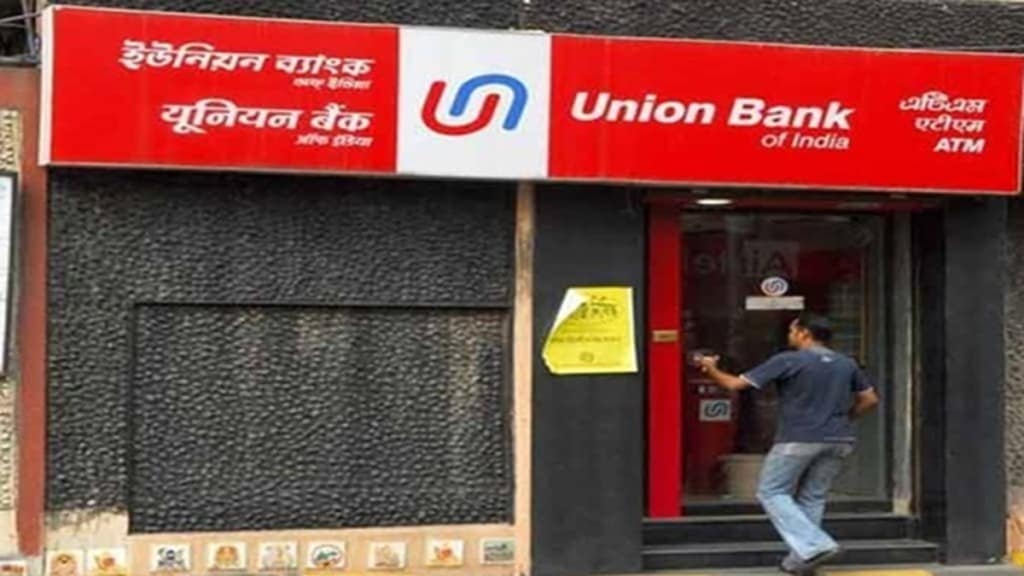Public sector lender Union Bank of India (Union Bank) reported a 10% year-on-year (YoY) decline in net profit to Rs 4,249 crore for the second quarter of FY26, compared to Rs 4,719.7 crore in the corresponding quarter last year. “The 10% year-on-year dip in net profit was primarily due to an approximately Rs 500 crore reduction in recoveries from written-off assets,” said Avinash Prabhu, CFO, Union Bank of India.
Other income fell 6.25% to Rs 4,995 crore (from Rs 5,328 crore). The fall in profit was reported even as the bank’s provisions declined 24.4% to Rs 2,565 crore in Q2 FY26, compared to Rs 3,393 crore in Q2 FY25. Despite the decline in profit, the state-run lender beat analyst estimates, which had projected a net profit of Rs 3,671 crore, according to Bloomberg. Sequentially, Union Bank’s profit rose 3.25% from Rs 4,116 crore in the June quarter. The stock, after hitting an intra-day high of Rs 150.60, closed nearly 3% lower at Rs 142.35 per share on the BSE on Thursday.
On the income front, the bank’s net interest income (NII) declined 2.6% YoY to Rs 8,812 crore in Q2 FY26, compared to Rs 9,047 crore in Q2 FY25. Sequentially, NII was down 3.3% from Rs 9,412 crore in Q1 FY26. The net interest margin (NIM) slipped 23 basis points (bps) to 2.67% in Q2 FY26 from 2.90% in Q2 FY25, and 9 bps sequentially from 2.76% in Q1 FY26. Operating profit fell 16% YoY to Rs 6,814 crore, compared to Rs 8,113 crore a year ago.
Union Bank said it has reduced high-cost bulk deposits by 21.85% to protect and improve NIMs, with the full impact expected in Q3 FY26. The management acknowledged a lag between deposit repricing and repo rate reductions. The bank is pursuing a three-pronged strategy—to defend current NIM levels, minimize the impact of any repo rate cuts, and actively work to improve margins.
“Focus is on increasing CASA and retail term deposits over high-cost bulk deposits,” said Asheesh Pandey, MD & CEO, Union Bank of India. He added, “We are aiming for 8-10% credit growth for the remaining six months of the current fiscal year.” Pandey emphasised a dual focus on top-line expansion and bottom-line strengthening to deliver value to investors.
To achieve these goals, the bank has rolled out a National Action Plan, developed through top-down and bottom-up approaches, emphasizing innovative products and targeted market penetration.
“We are aiming to increase our RAM to 58% and are consciously shifting towards higher-yielding loans within the corporate book (mid-corporate, quality MSME, scrutinised large corporates) while maintaining asset quality,” Pandey said.
On the regulatory front, the bank stated that it is well-positioned to manage potential impacts from the new RBI ECL guidelines, with adequate capital buffers. It is working with two external consultants and has internal systems in place to compute expected credit losses (ECL).
Asset quality continued to improve, with gross NPA declining 107 bps YoY to 3.29%, and net NPA reducing 43 bps YoY to 0.55%. The Capital to Risk-Weighted Assets Ratio (CRAR) stood at 17.07% as of September 2025, while the CET-1 ratio improved to 14.37% in Q2 FY26, compared to 13.88% in Q2 FY25.

